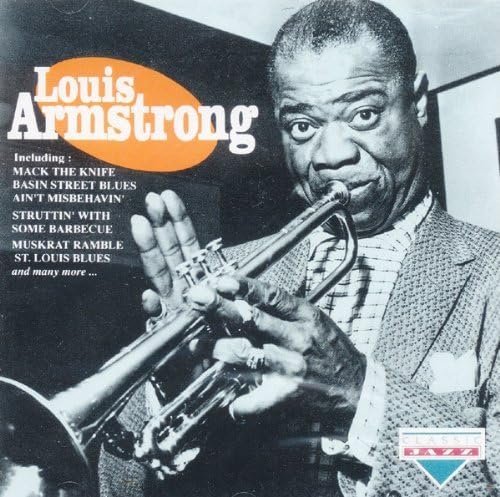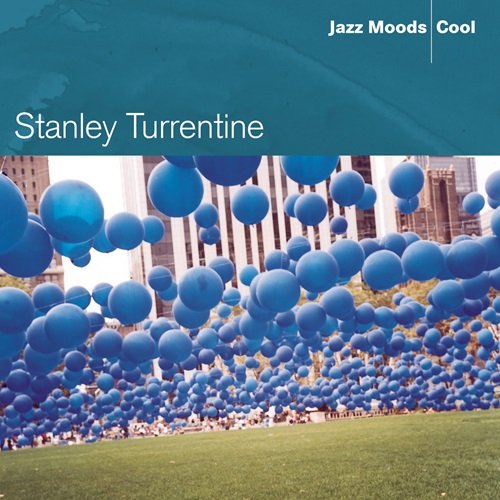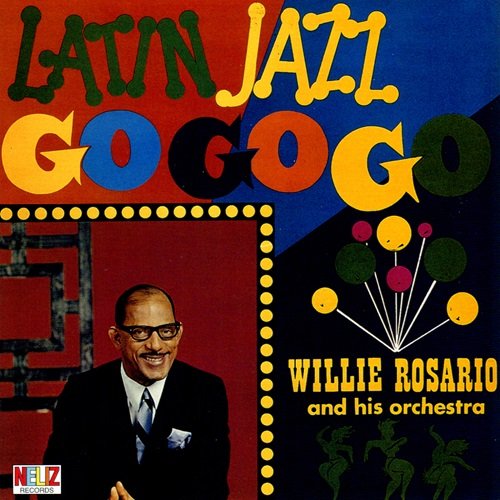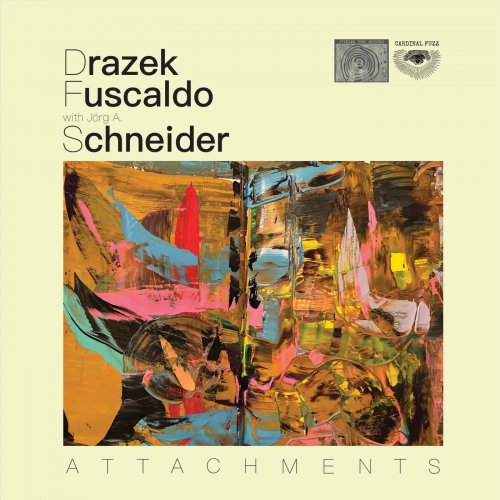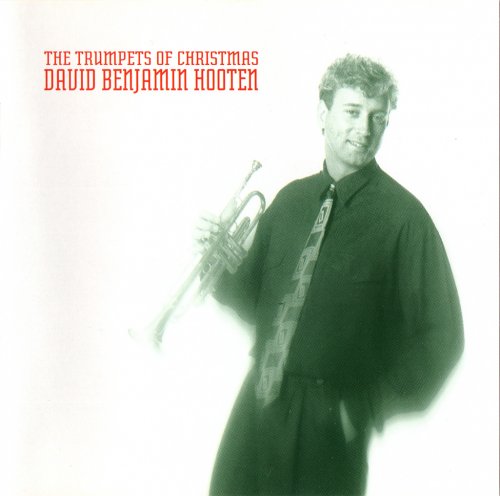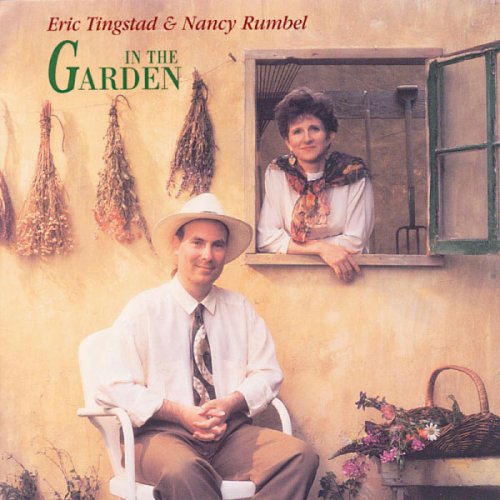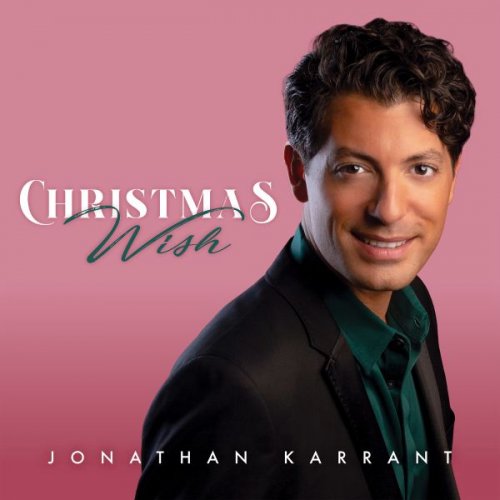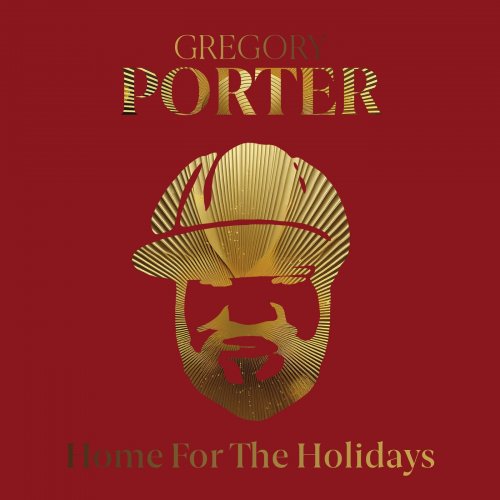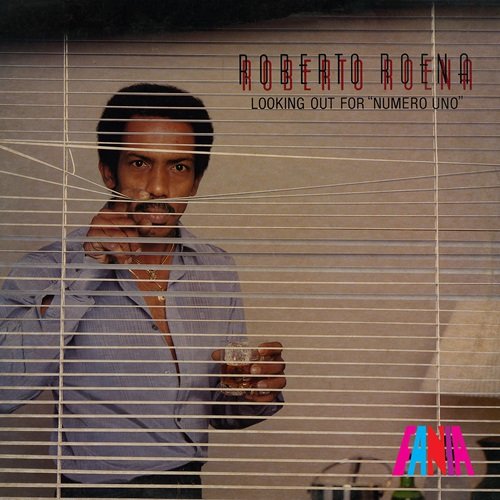Paul Barritt, Catherine Edwards - Howells: Music for Violin & Piano (1993)
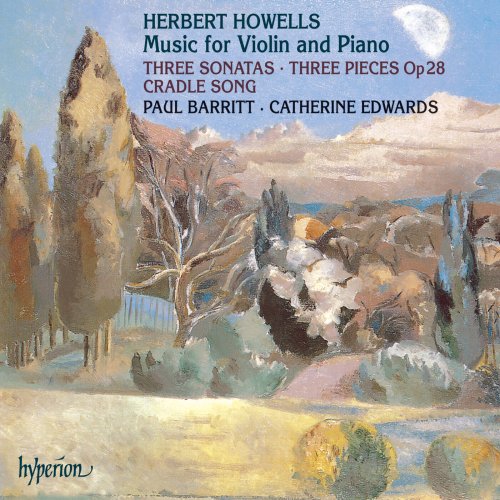
Artist: Paul Barritt, Catherine Edwards
Title: Howells: Music for Violin & Piano
Year Of Release: 2024
Label: Hyperion
Genre: Classical
Quality: flac lossless (tracks) +Booklet
Total Time: 01:13:27
Total Size: 257 MB
WebSite: Album Preview
TracklistTitle: Howells: Music for Violin & Piano
Year Of Release: 2024
Label: Hyperion
Genre: Classical
Quality: flac lossless (tracks) +Booklet
Total Time: 01:13:27
Total Size: 257 MB
WebSite: Album Preview
01. Violin Sonata No. 1 in E Major, Op. 18: I. Allegretto, sempre un poco rubato
02. Violin Sonata No. 1 in E Major, Op. 18: II. Meno mosso. Quasi lento
03. Violin Sonata No. 1 in E Major, Op. 18: III. Allegro molto
04. Violin Sonata No. 1 in E Major, Op. 18: IV. Assai tranquillo
05. Cradle Song, Op. 9 No. 1
06. Violin Sonata No. 3 in E Minor, Op. 38: I. Poco allegro, semplice
07. Violin Sonata No. 3 in E Minor, Op. 38: II. Allegro moderato, assai ritmico
08. Violin Sonata No. 3 in E Minor, Op. 38: III. Vivace, assai ritmico
09. 3 Pieces, Op. 28: I. Pastorale
10. 3 Pieces, Op. 28: II. Chosen Tune
11. 3 Pieces, Op. 28: III. Luchinushka
12. Violin Sonata No. 2 in E-Flat Major, Op. 26: I. Allegro moderato
13. Violin Sonata No. 2 in E-Flat Major, Op. 26: II. Quasi lento
14. Violin Sonata No. 2 in E-Flat Major, Op. 26: III. Lento – Allegro molto
Like many English composers, Herbert Howells was drawn to the sound of stringed instruments. He recounted the time when Elgar had talked earnestly to him in the cloisters of Gloucester Cathedral about the nature of writing for string orchestra. His advice to the young Howells was to ‘study George Frederick Handel, now and all your life’.
The period around the end of the Great War was a rich one, creatively, for Howells. At that stage he had written hardly any of the church music for which he is better known. In fact, despite his training at Gloucester Cathedral, a revelatory time spent with R R Terry at Westminster Cathedral soaking up unfamiliar Renaissance church music whilst a student at the Royal College of Music under Stanford, and a brief spell as assistant organist at Salisbury, there is very little sacred music in his output from this period. What we do have, however, is a remarkable canon of chamber works which is only now beginning to be appreciated – not only for the beauty of the garden it cultivates, but for the originality of its form and content.
Howells wrote extensively for solo stringed instruments. Besides the three major sonatas for violin and piano recorded here, the instrument also features in the lovely Three Dances for violin and orchestra; the viola takes the apt role of mourner in the Elegy for viola, string quartet and strings, and appears in a similar role in the central movement of the Concerto for Strings where the elegy is for Howells’s own son and Elgar, jointly. The cello has an unfinished concerto, of which the rugged Fantasia is a reworked version of the first movement. (Christopher Palmer orchestrated the completed second movement which was premiered in 1992, Howells’s centenary year.) All these works, like the chamber music mentioned above, were written before 1938, and most were written in the teens or twenties of the century.
Why was this? Two reasons predominate. Throughout his early years at Gloucester and his student days at the Royal College of Music he was regarded as one of the brightest lights of English music. Gerald Finzi described his ‘diamond-cut brilliance’, and Stanford (notoriously difficult to please) termed him his ‘son in music’. However, Howells came from extremely humble origins and had a father who, though Herbert adored him, was a hopeless businessman who became bankrupt, leading the family to inevitable social ostracism. This must, in part, account for some of the hypersensitivity which Howells had to criticism throughout his life, and why he would rather people discovered his music for themselves and then perform it if they liked it. He never publicized anything himself, possibly, in part, because he feared rejection if a work was disliked.
The disastrous premiere of the second Piano Concerto in 1925 was just such a watershed which almost stopped Howells composing altogether. Given a lacklustre performance by Harold Samuel and the Royal Philharmonic Society under Sargent in the Queen’s Hall, and a violent reaction from a member of the audience, Howells withdrew the work immediately and suffered a complete crisis of confidence. This only resolved itself through the second reason, the death of his son Michael, aged nine. Ironically, this tragic event unblocked Howells’s creative impasse but led him towards writing principally choral music and away from the mainstream concert repertoire he had written up to this point...
